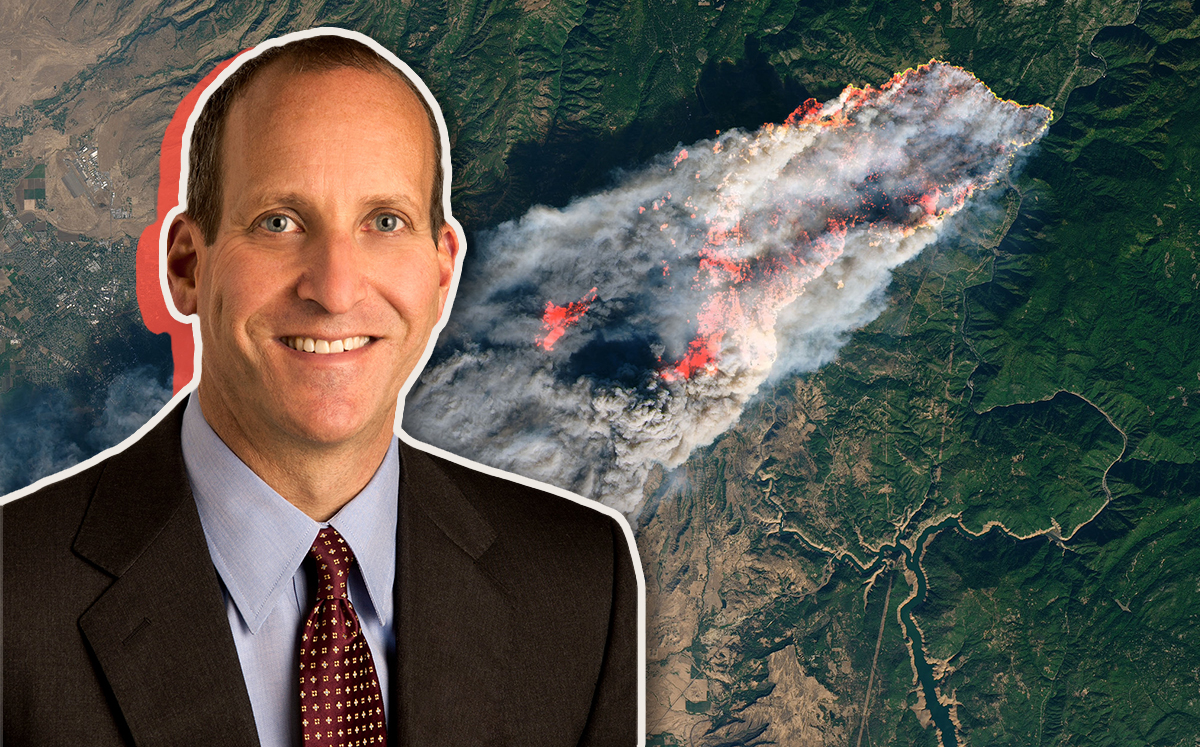Trending
PG&E files for bankruptcy amid legal issues related to fire devastation
Utility is facing $30B in liabilities for home losses in Camp Fire, other blazes

Pacific Gas & Electric filed for Chapter 11 bankruptcy on Tuesday as it looks to sort out potential liabilities of up to $30 billion related to California wildfires over the last several years.
Bankruptcy documents reveal the company has $71.4 billion in assets against $51.7 billion in liabilities, according to the Los Angeles Times. The company requested that it be permitted to pay employees and continue services to customers as it works through bankruptcy, which could take years.
Bankruptcy is just the latest blow for the utility. Some survivors of a series of devastating wildfires that have burned across California in recent years have sued PG&E, claiming the company ignited those fires. Those suits open the company up to $30 billion in liabilities.
California Attorney General Xavier Becerra vowed to charge PG&E if he found “reckless” behavior on the part of the company contributed to the Camp Fire that killed 86 people and destroyed 21,000 homes in Northern California in the fall.
California’s three largest utility companies caused more than 2,000 fires across the state between mid-2014 and the end of 2017, but were fined just nine times. Southern California Edison, which provides electricity for L.A. County and surrounding areas, reported 347 fires over that period.
PG&E’s largest unsecured creditors include Citibank, Deutsche Bank, and Bank of America. The company also owes money to a number of other outside companies, including suppliers. It owes Okonite Company, an electrical wire and cable supplier, around $295 million. It owes supply chain management company MRO Integrated Solutions around $30 million.
Consumers can expect electricity rates to go up, as PG&E will pass on higher borrowing costs to its customers. [LAT] — Dennis Lynch




